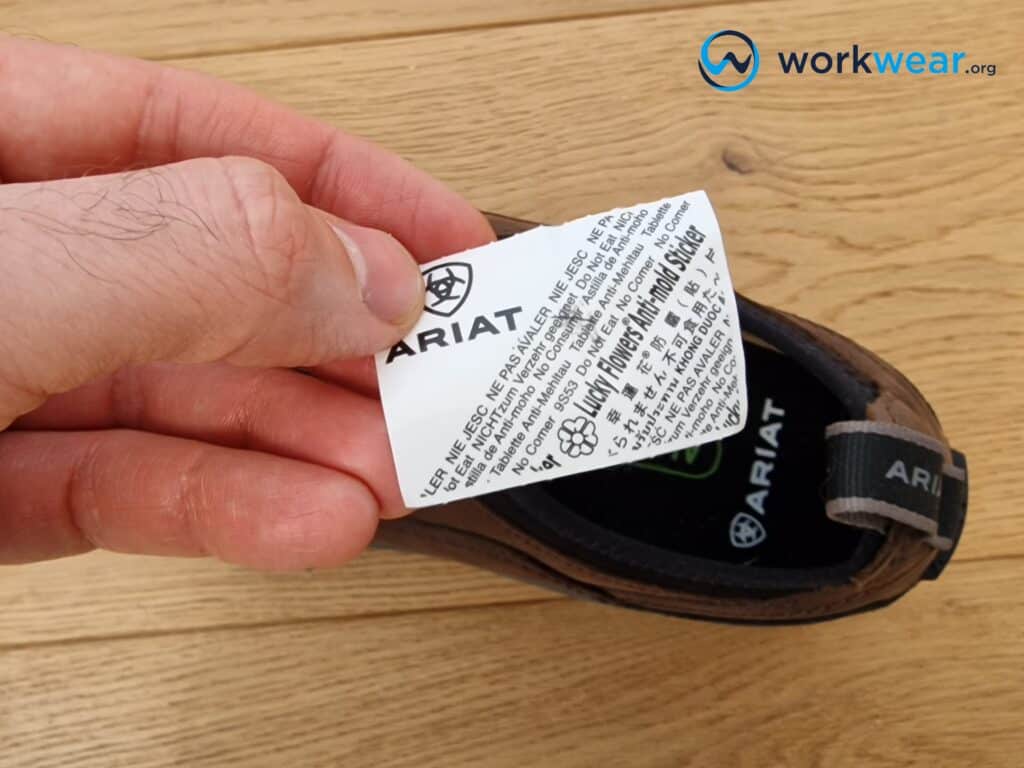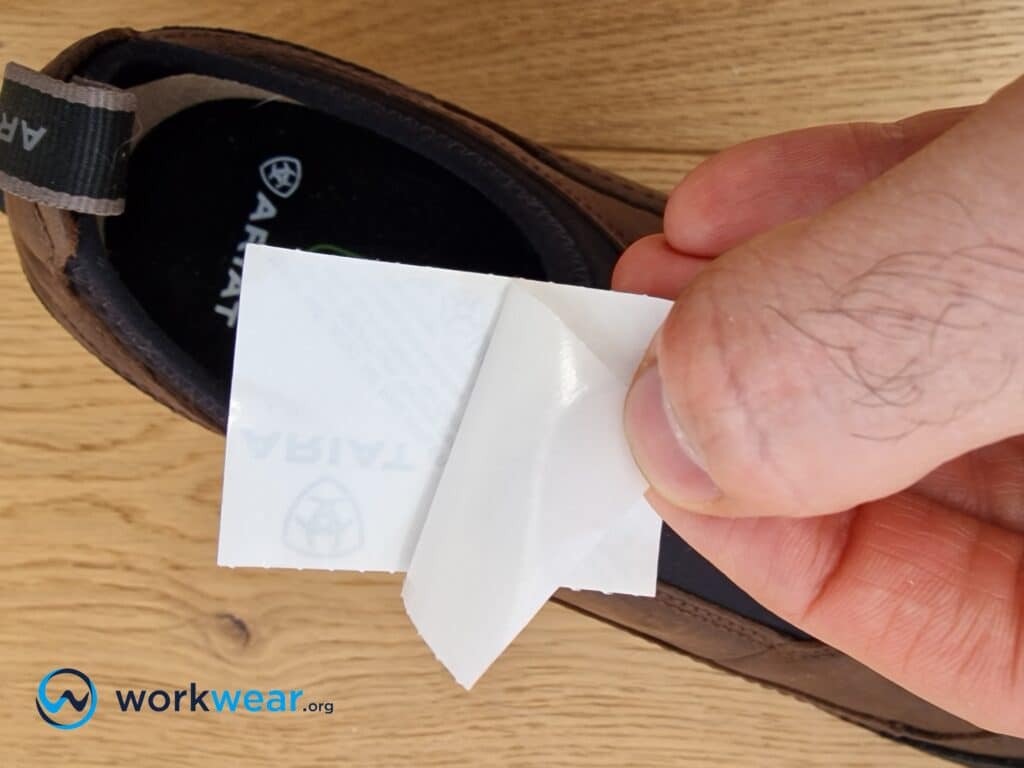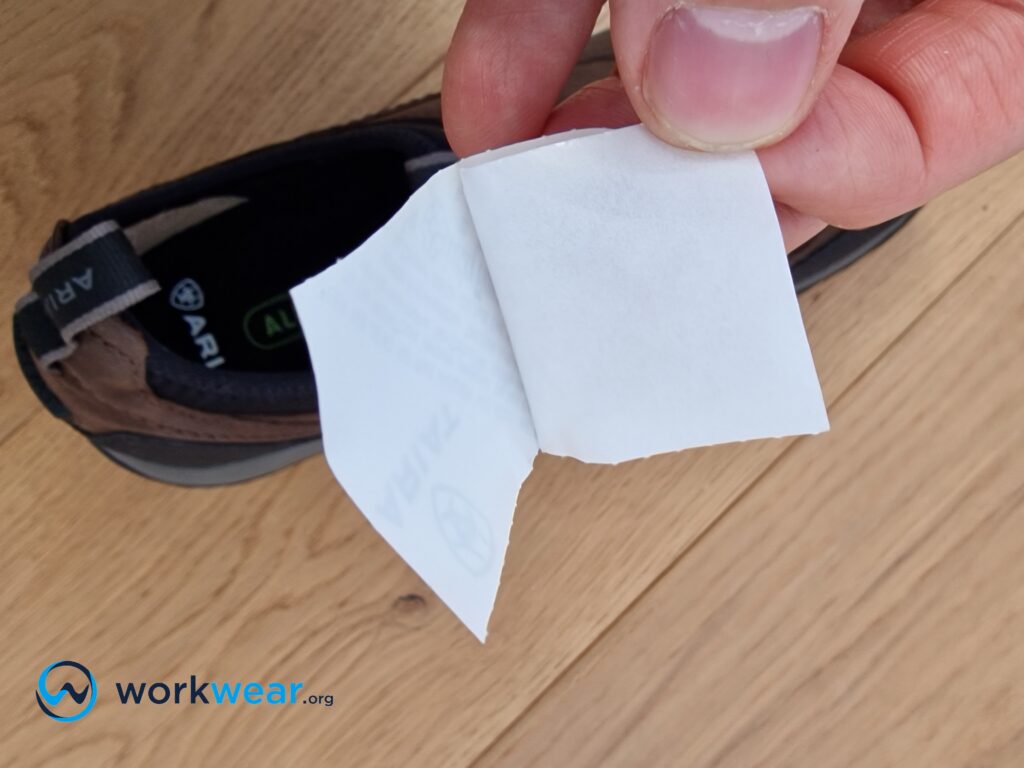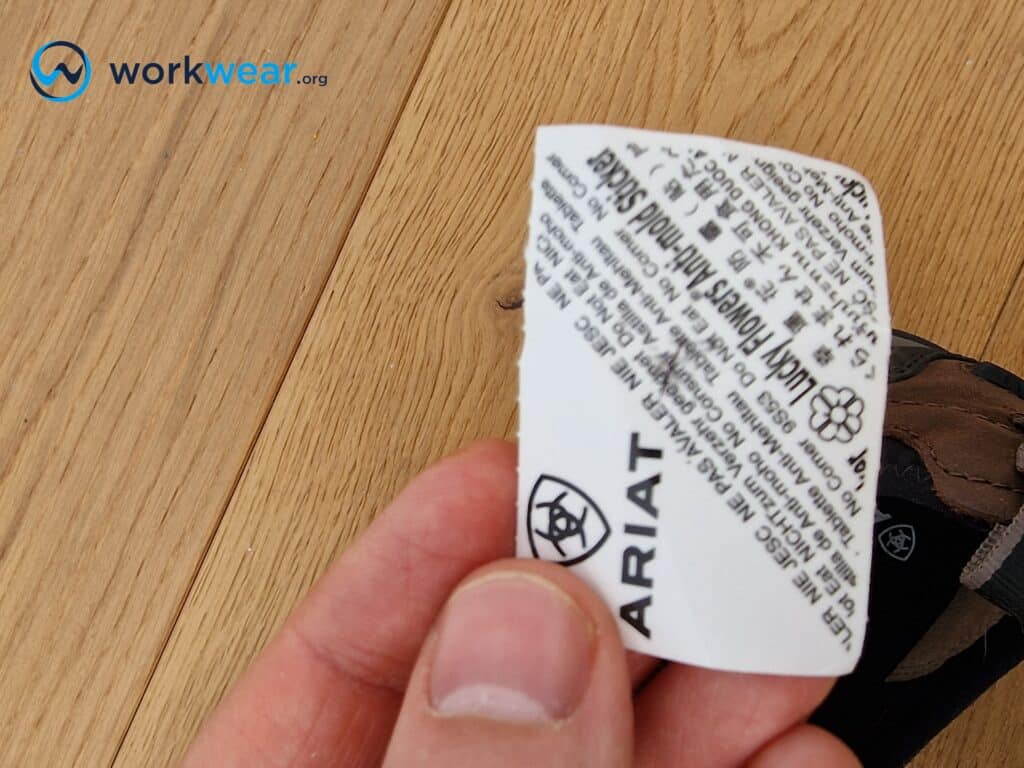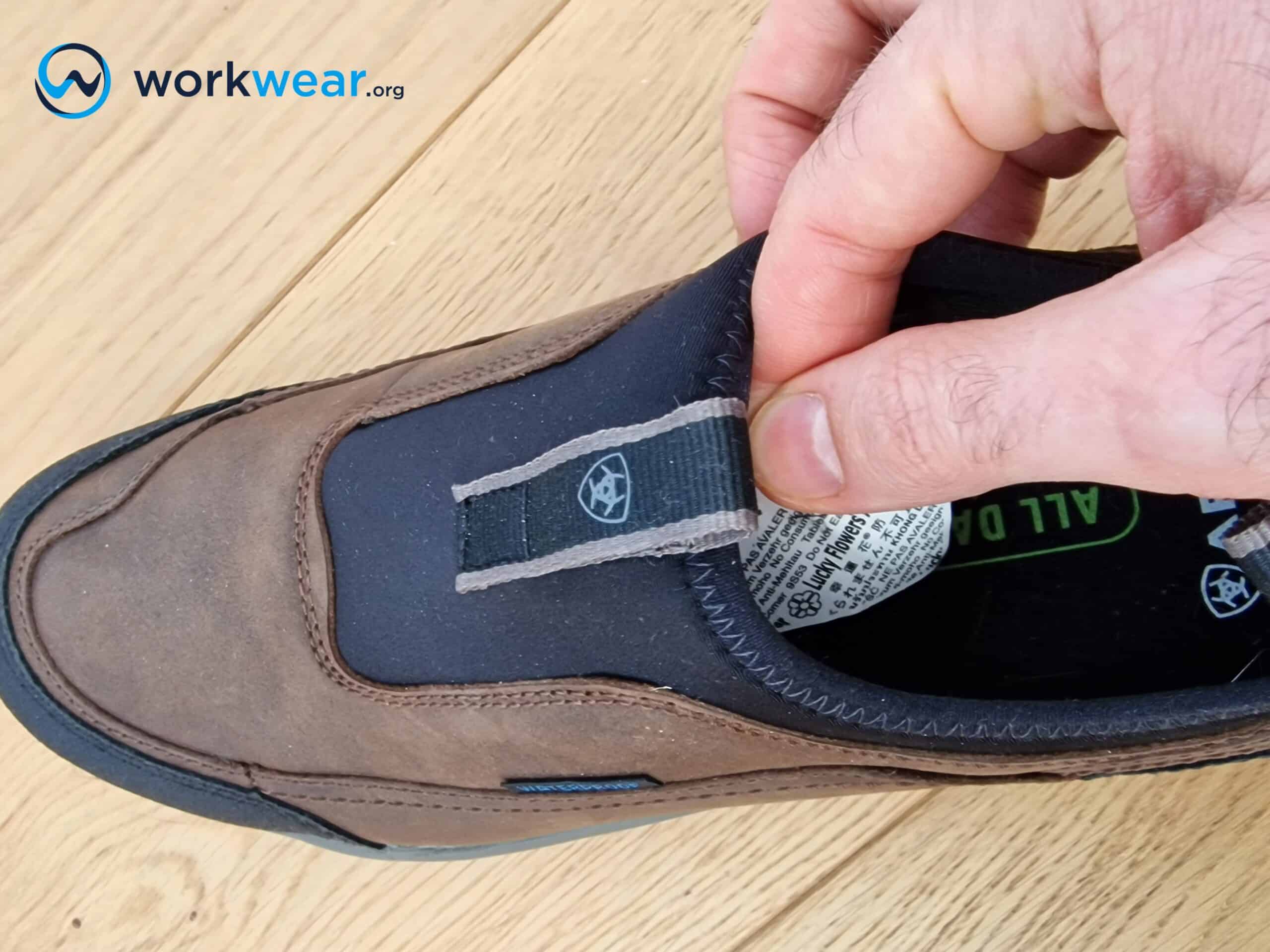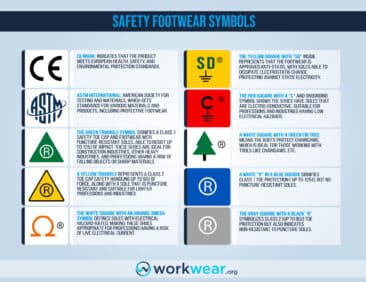What are anti-mold stickers in boots and shoes?
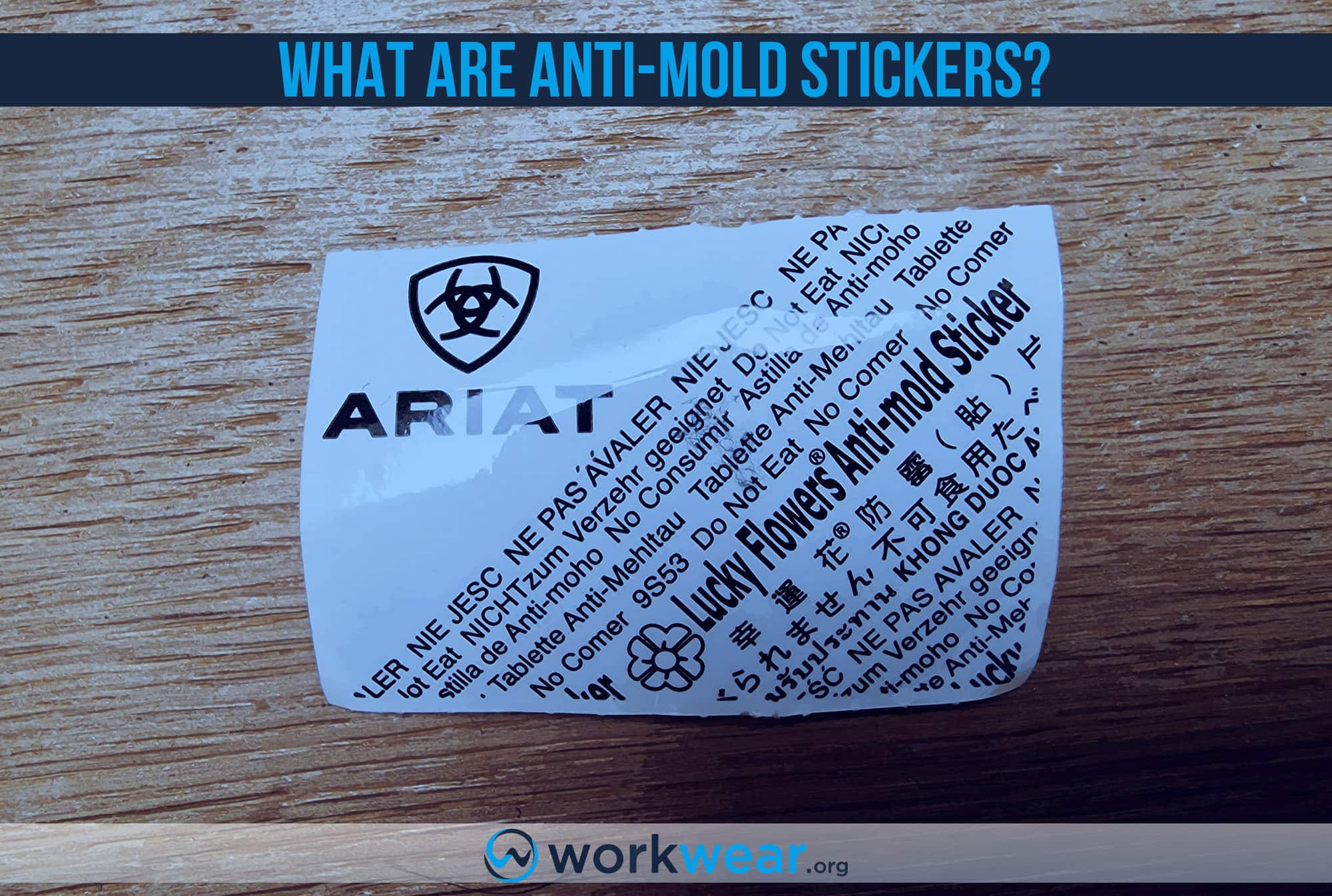
It’s exciting to unbox brand-new work boots and see how they look in real life, especially if you bought them online. Of course, when you take out the boots, it’s understandable for you to focus solely on the pair of boots – but you may be surprised to find small items hidden inside the shoe box.
These objects are called anti-mold stickers that perform as straightforwardly as the name suggests – to prevent mold growth while protecting against moisture and mildew.
In this article, we’ll learn more about these stickers and how they can help improve boot and shoe use.
How do Anti-Mold Stickers Work?
Anti-mold stickers are placed in closed containers such as shoe boxes to prevent mold from growing.
Manufacturers rely on these stickers to protect the products from mold growth during shipping, ensuring that the items get to the customers in the best condition possible. This is especially true if the products – including work boots and shoes – have a chance of going through areas that are not climate controlled. For instance, all Ariat boots and shoes come with these stickers, which the company calls “Lucky Flowers Anti-Mold Stickers”. These anti-mold stickers are 5 cm x 3.5 cm in size and are placed inside the shoe box.
In moist or humid areas, the possibility of mold growth significantly increases and exposes the items (and the wearer) to the risks associated with mold development.
Anti-mold stickers such as the ones used by Ariat have multiple layers that release substances to form a barrier, working to prevent the growth of mold in enclosed containers.
They are placed inside the packaging before it is sealed and prepared for shipment to the intended destination. The stickers absorb moisture and release substances to fight humidity inside the closed container, stopping mold growth until the packaging is opened and the product is brought out.
Uses of Anti-Mold Stickers
Anti-mold stickers are used in the packaging of products such as:
- Boots and shoes
- Bags
- Leather products
- Food items
- Furniture
- Toys
- Clothing items
Stop the build-up of molds
Anti-mold stickers work in enclosed containers by releasing an antimicrobial gas that stops the development of mold spores.
This reduces the risk of the products becoming contaminated with molds while shipped or delivered, especially with exposure to hot or high-humidity environments.
Reduce the risk of health problems due to molds
Mold can lead to different health problems, including respiratory illnesses and skin allergies.
This is especially true for people who have compromised immune systems.
Anti-mold stickers considerably reduce the risk of exposure to molds – and the health issues that result from their growth on various products (including work boots and shoes).
Absorb moisture
Anti-mold stickers absorb excess moisture that can build up in product packaging when exposed to high temperatures or humid conditions. Moisture accumulation can occur when the products are not in temperature-controlled environments.
As the stickers absorb moisture, the products maintain quality and are protected against bad odor.
Preserve the products’ good condition
Mold growth can negatively affect the quality and appearance of work boots and shoes.
This is why anti-mold stickers are placed inside the shoe boxes, protecting the footwear against mold development and moisture build-up that can damage the products.
This way, the shoes, and boots will get to the customers in pristine condition without the threat of health problems from molds.
Non-toxic to touch
The materials that are used in anti-mold stickers are not toxic to humans. They don’t normally cause adverse reactions when touched, such as needing to be peeled off the shoe box.
However, these stickers are unsafe for consumption and are best placed out of reach of children and pets.
Prevent mildew stains and odors
Aside from stopping mold and unwanted moisture, anti-mold stickers prevent mildew stains from setting into products.
This quality helps ensure that the product will not have unsightly mildew stains while protecting against bad odors that can develop due to mildew.
Drawbacks of Anti-Mold Stickers
Limited effectiveness
Antimold stickers may not completely eliminate mold growth, especially in extremely humid or damp environments.
Short lifespan
Antimold stickers have a limited lifespan, and their effectiveness may diminish over time. Some products may require frequent replacement or recharging to maintain their effectiveness.
It’s worth noting that the efficiency of anti-mold stickers can be compromised if they are left out in the open and exposed to air for extended periods.
An anti-mold sticker’s ability to prevent mold growth can be negatively affected and shortened when the box it is stuck into is left open for a long time.
|
Pros |
Cons |
|
|---|---|---|
| Anti-Mold Stickers |
|
|
Alternatives to Anti-Mold Stickers
Silica Gel
Silica gel is placed in a porous bag and included in many products. This drying agent absorbs moisture that can damage the product to prolong its good quality during shipping and storage. However, it only absorbs moisture but doesn’t stop mold growth.
Clay Desiccant
Clay desiccants work by absorbing moisture in enclosed spaces. They can inhibit mildew and prevent corrosion by dehumidifying limited spaces not exposed to air. Food-grade clay desiccants are mostly used in healthcare products, medicine, and food. However, they do not prevent mold development.
Conclusion
Anti-mold stickers don’t get the appreciation they deserve as they work quietly to protect different products, including work boots and shoes. These small objects work hard to prevent growth from building up and damaging the footwear and other items, especially after exposure to considerable humidity and heat during shipping and storage. With proper use, anti-mold stickers can deliver long-lasting protection against the problems resulting from molds, mildew, moisture, and unwanted odors.
FAQs
- Can anti-mold stickers be used in open spaces?
- Anti-mold stickers work best in enclosed spaces (such as closed boxes) where they can inhibit mold growth and stop excess moisture.
- What makes anti-mold stickers better than other desiccants?
- Anti-mold stickers absorb moisture and stop mold growth, whereas most desiccants only absorb moisture and don’t do anything to stop mold from developing.
- Do all anti-mold stickers last a long time?
- Anti-mold stickers are made to last a long time – unless left out in the open, which can considerably shorten their lifespan.
- Is it ok to remove the anti-mold sticker inside my shoebox?
- It’s alright to do this, although we don’t recommend doing so because the anti-mold sticker will protect your boots or shoes from molds, moisture, mildew, and odors.
